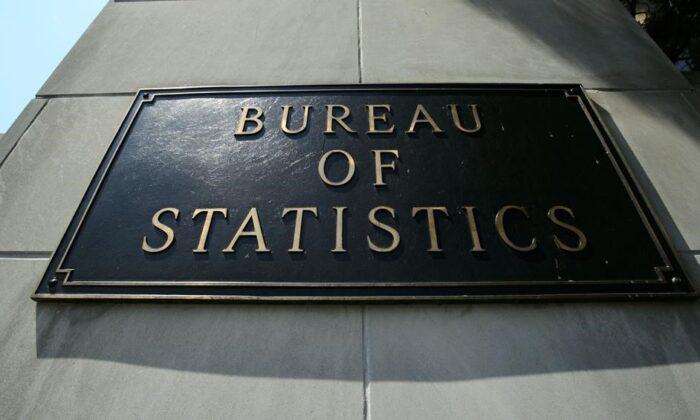Canada’s inflation rate climbed back up to two percent in October, shifting expectations slightly in favour of a quarter-percentage point interest rate cut next month.
The report from Statistics Canada on Tuesday said prices in October increased at a faster annual pace in five out of the eight major components of the consumer price index.
A major driving factor of the uptick in headline inflation was gasoline prices on an annual basis falling to a lesser extent in October compared with September.
“The back-up is no big surprise, as the combination of higher gasoline prices, a meaty annual rise in property taxes, and a tough comparable from a year ago prompted the temporary rise. Still, the report is a bit hotter than anticipated,” wrote BMO chief economist Douglas Porter in a client note.
With inflation back around the Bank of Canada’s two percent target, the central bank is still expected to continue cutting interest rates in the coming months, including in December.
The size of the next rate cut, however, will be driven by the central bank’s interpretation of economic data, including the October inflation figures.
“Price pressures accelerated by more than expected in October, representing a step back for the Bank of Canada, but that follows a string of reports that were steps forward,” wrote CIBC senior economist Katherine Judge in a client note.
The Bank of Canada lowered its key interest rate by half a percentage point last month in response to plummeting inflation. But it had acknowledged that price growth would likely jump back up after falling to 1.6 percent, making Tuesday’s report less of a surprise.
Forecasters expecting a quarter-point cut say Tuesday’s report solidifies that prediction.
“This heavy result should take some more steam out of the call for another 50 basis-point rate cut from the Bank of Canada in December. We have been in the 25 basis-point camp from the start and this report only reinforces that expectation,” Porter said.
The central bank’s key interest rate currently stands at 3.75 percent.
The Bank of Canada will also have new gross domestic product data to consider as well as the November jobs report before its Dec. 11 announcement.
The central bank’s interest rate cuts have helped take pressure off shelter price inflation as mortgage interest costs decelerate.
Pressure in the rental market has also relented, with rent rising 7.3 percent from a year ago, down from an 8.2 percent annual gain in September.
Property taxes and other special charges rose at the fastest annual pace since 1992, increasing six percent from a year ago. That was up from a 4.9 percent annual increase in October 2023.
Meanwhile, grocery prices increased faster last month, rising 2.7 percent from a year ago.
The Bank of Canada’s preferred core measures of inflation, which strip out volatile prices, picked back up again last month.







